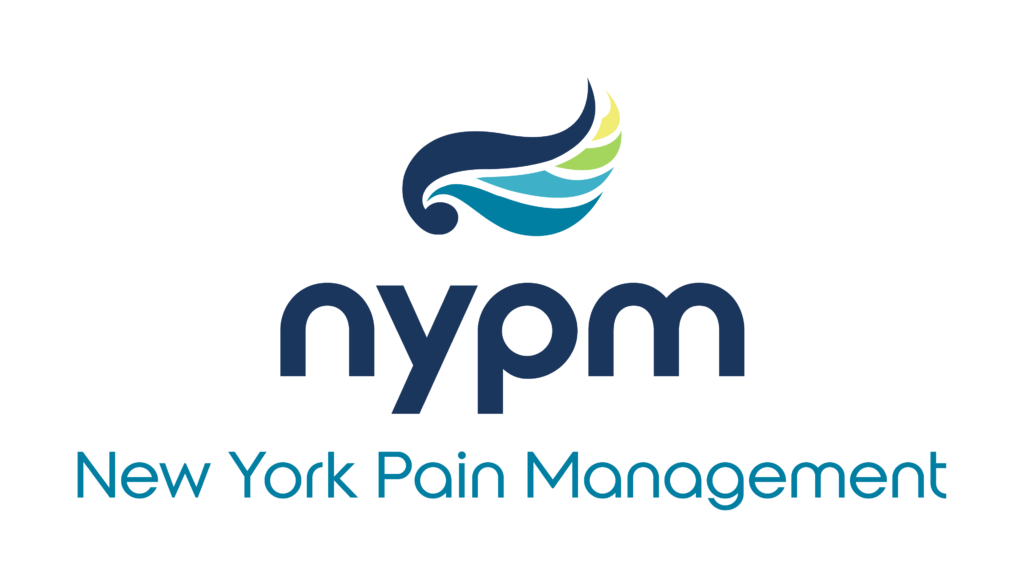Chronic pain sufferers hit hard by the spiraling economy
For the millions of Americans who suffer from chronic pain, popping an aspirin just doesn’t do the trick. They might have tried acupuncture, surgery, massage and physical therapy, but the pain won’t subside.
Then, they’re laid off. Health insurance benefits run out and they can no longer afford medication or treatment. Depression sets in, and the pain continues.
In today’s dire economic climate, chronic pain sufferers face this very real scenario all the time, local health experts say.
“The financial downturn is going to hit the chronic pain population harder,” said Dr. Gordan N. Kuhar, medical director of Saratoga Hospital’s Pain Management Center.
According to Dr. Charles Gordon, of New York Pain Management in Clifton Park, recent statistics report there are 40 million doctor visits per year due to chronic pain, and more then 500 million work days are lost from these visits.
“There’s more competition for jobs now,” Gordon said. “It makes it harder to take off lots of work,” due to chronic pain and injury.
When pain is combined with stressful psychological factors like losing a job, a home, a car or a spouse, the condition worsens and forms a cycle of causation from pain to stress and back again.
Depression
Health experts have varied responses when estimating how many chronic pain sufferers are clinically depressed, but they overwhelmingly agreed that depression and anxiety perpetuate the vicious cycle of pain, stress and dysfunction that their patients endure.
Kuhar estimates that two-thirds of chronic pain sufferers are clinically depressed, while Gordon said about half of his patients are on anti-depressant or anti-anxiety medication.
In a recent poll commissioned by the National Council on Aging, 30 million Americans age 65 and older have at least one chronic health condition. Half of them reported feeling depressed or angry as a result of their condition.
Both Kuhar and Gordon said everyone has different thresholds for pain and stress, and that threshold is affected by lots of factors: the environment, family and health history are just a few. When outside factors like financial hardship step in, they cause the already existing depression to snowball.
“We can all hold a certain amount of stress on our plate before the plate tips over,” Gordon said. “If you tend to be a downbeat person, pain and stress push you further in that direction.”
Some people are more likely than others to get caught in the cycle. Construction workers, athletes who do contact sports, youth, the elderly and the obese may have less efficient physical shock-absorbing systems, which can put them on the fast track to degenerative spine problems, Kuhar said. The majority of his non-cancer patients complain of back and neck soreness related to spinal problems, he added — and they are among 22 million Americans who suffer from persistent neck and back pain.
Financial obstacles
Gordon and Kuhar agree that the rising costs of insurance, co-pays and medicine have caused their patients to delay check-ups and testing.
“To some extent, people aren’t coming because they may not have insurance or can’t afford the co-pays,” Gordon said, adding he’s noticed the trend since late last fall, when the economy took a nose dive.
The National Council on Aging’s poll also found that one quarter of more than a million respondents said they had delayed getting health care or neglected to fill a prescription because of financial concerns. The problem seemed more pronounced among Latinos (49 percent) and Baby Boomer women (39 percent). Low-income individuals were more likely to delay care, but 22 percent of people who made $50,000 or more a year also put off doctor visits.
Others have a hard time buying brand name medications. Kuhar said he sometimes calls drug companies to negotiate for his patients’ needs and makes it a part of his daily routine to round up their first-choice medications.
“In a general sense, I can say that the cost of medication has gone up and the burden on patients as far as co-pays has generally gone up as well,” Kuhar said.
According to him, many third-party insurance payers are shifting more and more financial responsibility onto patients, who end up bearing the brunt of the cost. And, as the unemployment rate climbs, so does the number of people who can’t afford the medication they need.
An article published by HealthDay News in March states that as the economic recession deepens and more Americans lose their employer-based health insurance, health officials are worrying that people with chronic conditions will keep delaying treatment, ultimately making their condition worse.
Getting treatment, finding hope
As clinical social worker Caroline Russell Smith sees it, what’s so discouraging to many of her clients is “turning on the news to see an oppressive sense of doom” day after day. “So far it’s mostly people saying, ‘I’m having a hard time not thinking about what could happen or what may happen,’ ” Smith said.
Her weekly yoga and meditation class at One Roof holistic health center in Saratoga Springs combines mind and body exercise to alleviate people’s pain and psychological stress. Class members include people on disability assistance and those referred from local doctors and therapists, she said. Some are wheelchair- bound. Some are seeking a way to better their health despite issues they can’t control, like cancer, relationship troubles or workplace problems.
“While the reasons people come in vary, everybody there is complaining of some physical pain and psychological stress,” Smith said. “It’s a cost benefit for (insurance) companies and us, so people don’t have to go on medication or go to the hospital.”
The class is part of the Saratoga Stress Reduction program, and is taught four times a year by Smith and clinical psychologist Dr. Selma Nemer. The fee is $500, but One Roof offers a sliding scale for those whose health insurance won’t cover the cost.
Smith said “we’d make it work” for anyone who wants to take the class.
In his 15 years of practicing medicine, Kuhar said he can count on two hands the times he’s actually made a patient’s pain go away completely.
Typical treatment methods include epidural steroid injections, discography and joint injections to minimize people’s pain.
Anything suggested as a treatment method has a risk and a benefit, he said, citing some alternative methods patients have asked him about in the past, such as reiki and acupuncture. No matter how out-of-the-box they may sound, he usually finds them worthy of consideration.
“I embrace alternative ways of dealing with mental health and physical health issues,” Kuhar said. “My goal is to take that pain that dominates your day … and make it a nuisance.”




